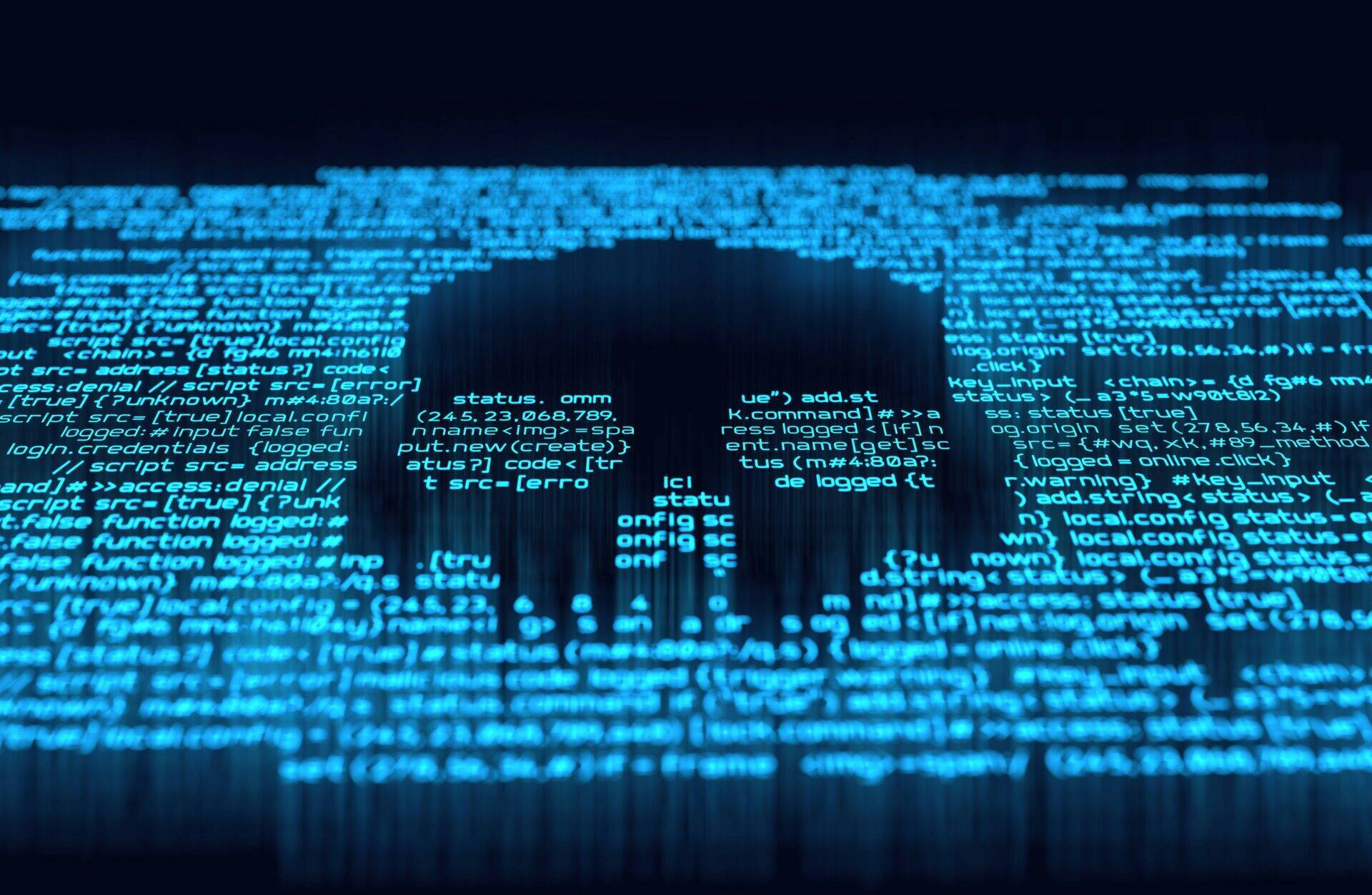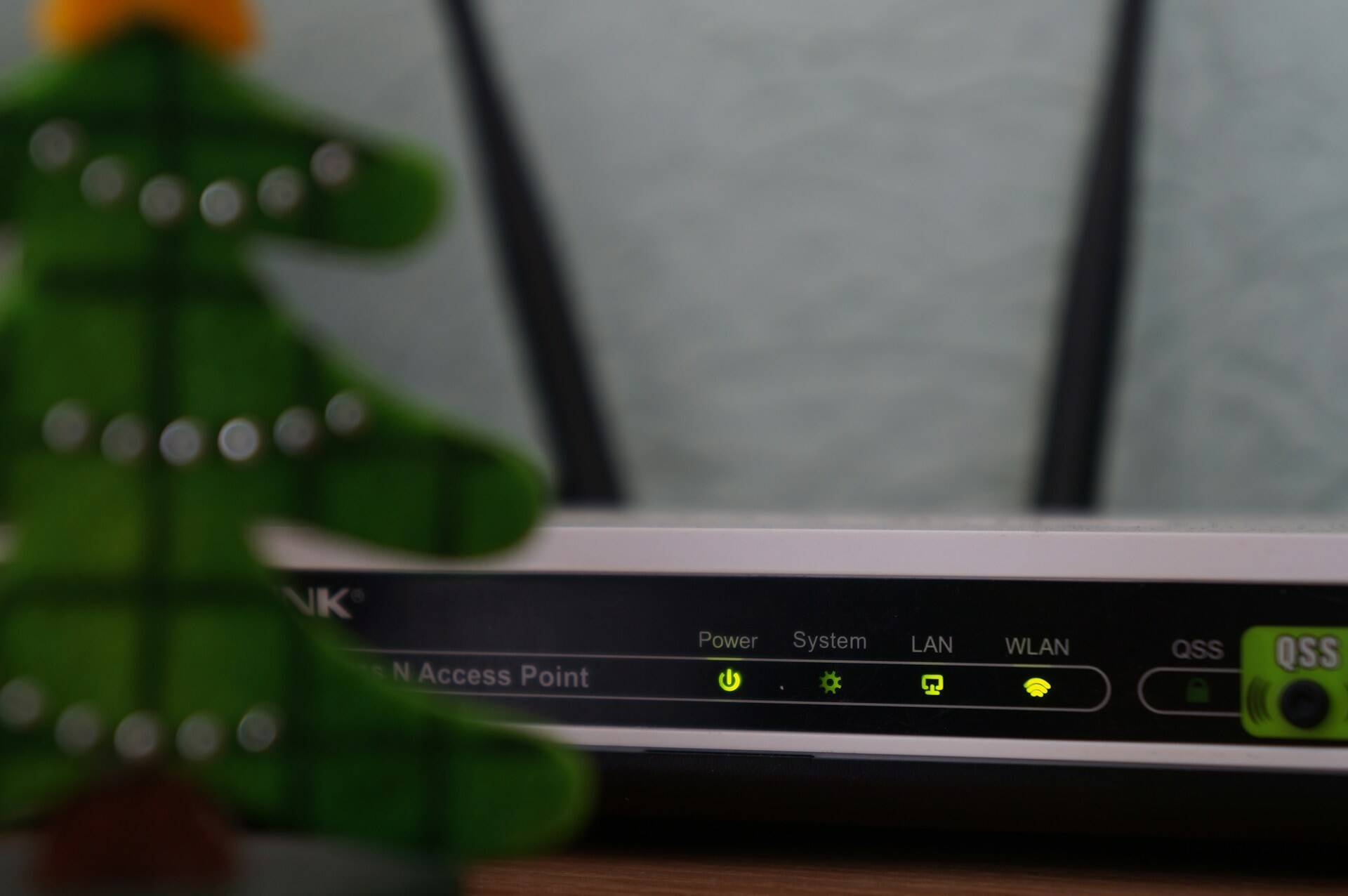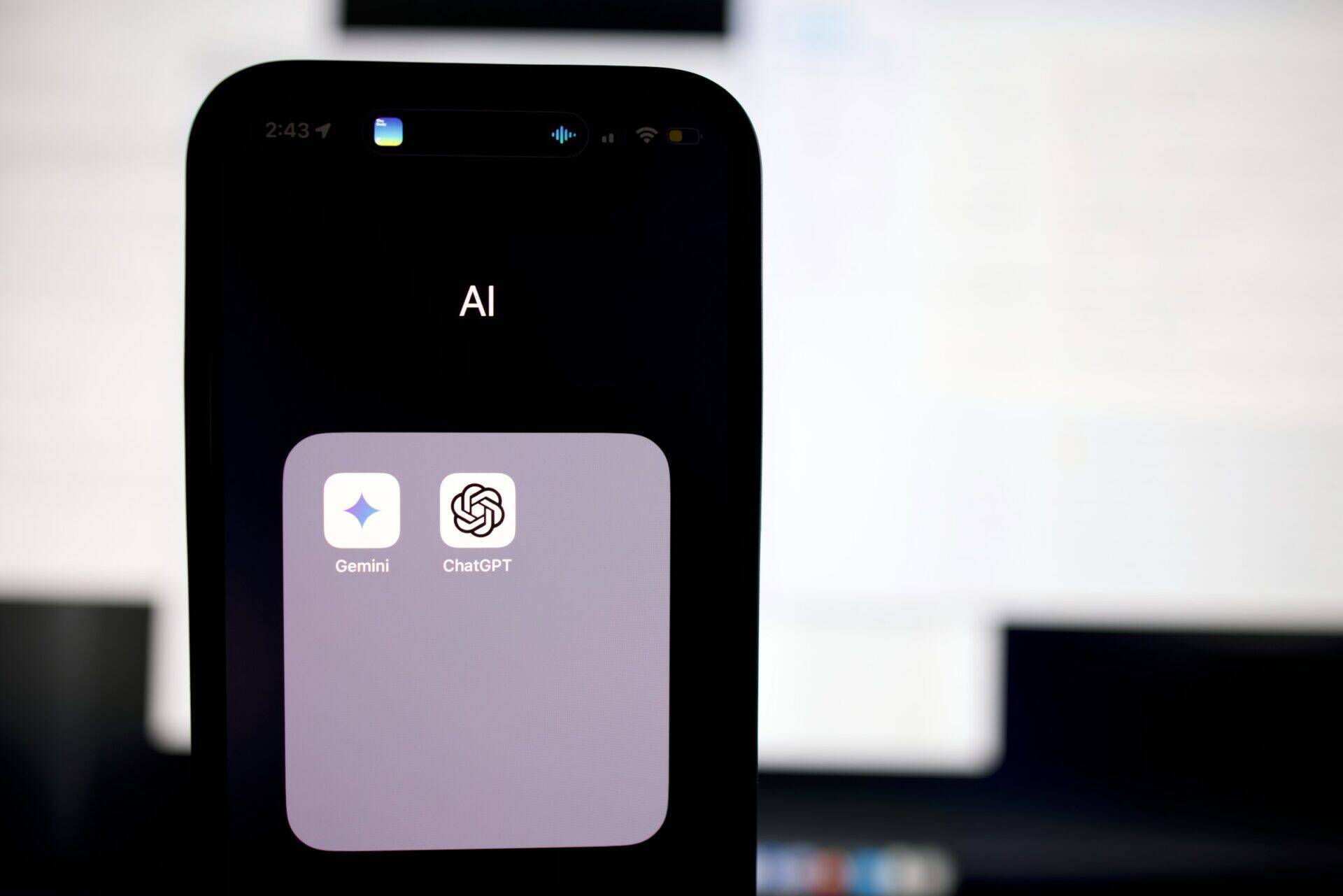AI in cybersecurity: advanced strategies and reinforced defenses
AI is revolutionising multiple sectors, and cybersecurity is one of them. With the ever-increasing risk of cyberthreats, companies are looking for more advanced ways of protecting their data. This article explores how AI is transforming cybersecurity strategies and reinforcing business’ digital defences.
Part 1: AI and threat detection
Analysing abnormal behaviour
One of the most significant contributions that artificial intelligence has made to cybersecurity is through its capacity to analyse and identify abnormal behaviour.
Traditional threat detection systems are often built on known virus and malware signatures, which makes them helpless when they’re faced with new threats.
Now, machine learning techniques mean that solutions can learn and understand what constitutes normal behaviours in a given system. Once this baseline has been established, any activity that deviates from this normality can be quickly detected and flagged.
Thanks to these techniques, suspicious behaviour such as unusual access to files or sign-in attempts from unusual geographic locations can be quickly picked up, allowing security teams to respond more swiftly.
Detecting malware and viruses
Traditionally, malware and virus detection revolved around databases called “signatures”, where each threat identified was logged and detected by exact matching. However, given the fast-paced development of modern cyberthreats, this approach is no longer sufficient. This is where AI steps in, offering more dynamic and adaptive methods for detecting malware.
Systems built on AI can analyse file and programme characteristics to then identify any malicious behaviours, even if their signatures are unknown.
For example, classification algorithms can be programmed to distinguish malicious files from legitimate files by analysing characteristics like execution flows, system calls and network communications.
There are plenty of case studies that clearly highlight AI’s efficacy in this field.
For example, detection systems based on deep learning have succeeded in identifying complex threats and neutralising them before they get the chance to do any major damage. These systems are constantly improving their precision by learning new threats and adapting their models accordingly.
Real-time monitoring
Real-time monitoring is a non-negotiable for modern cybersecurity and AI plays a starring role in enhancing this capacity.
Traditional monitoring and surveillance systems are often limited by human resource and processing capacities, meaning that they struggle to provide continuous analyses. This is where AI really shines, as it offers immense processing and data analysis capacities, revolutionising this aspect of cybersecurity.
The importance of continuous monitoring is not to be underestimated, especially as it allows you to react extremely quickly, if not immediately, to any threats or incidents. AI systems deliver proactive detection, reducing response times and, in turn, limiting potential damage. Plus, automatic monitoring frees up valuable human resources who can then focus on more strategic aspects of cybersecurity that need a human touch.
These innovations allow businesses to significantly bolster their security position and react more efficiently and effectively to the constantly evolving threats of the modern, digital world.
This is the response that we’re going to take a closer look at now.
Part 2: AI for responding to and mitigating attacks
Automatic responses
One of AI’s most revolutionary contributions to cybersecurity is its capacity to deliver automatic responses to security incidents. Once a threat has been detected, the response time is absolutely critical in order to limit the damage it does. Traditional incident response systems can be slow, often requiring manual intervention which delays the threat being neutralised. However, systems built on AI enable the automation of these responses, reacting instantly to any anomalies detected.
For example, when the AI detects suspicious activity or malware, it can immediately isolate the impacted system, block unauthorised access, and launch restoration protocols, all without a human being needed to intervene.
Predictive analysis
AI doesn’t just respond to threats; it blows traditional systems out of the water by predicting future attacks.
By analysing data history and modelling behaviour patterns, AI systems can anticipate potential attack vectors and malicious behaviour before they even occur. This predictive capacity is particularly valuable within a context where cyberthreats are constantly changing and evolving.
Predictive analysis tools use machine learning algorithms to identify early indicators of attacks. For example, predictive models can analyse recent phishing attempts to anticipate new phishing campaigns, or they can review ransomware trends in order to get one step ahead of new virus strains.
These insights allow security teams to reinforce their preventative defences and to take proactive measures to secure their systems.
Boosting your network’s defences
Lastly, AI plays an essential role in strengthening network defences. As cyberattacks are becoming increasingly sophisticated, it’s critical that businesses have defence systems in place that can be developed and adapted in real time. AI enables increased robustness for network infrastructure by constantly identifying and correcting vulnerabilities, without interruption.
AI systems can monitor network configurations, detect weak points, and recommend adjustments to enhance security. For example, firewalls populated by AI can adjust their filtering rules according to the threats detected, whilst intrusion prevention systems can dynamically adapt to new types of attacks. By incorporating AI, businesses can create more resilient network defence systems, capable of withstanding attacks that are becoming increasingly complex.
On top of this, AI simplifies the management of corrective measure by identifying critical security updates and installing them automatically, reducing the risk related to uncorrected vulnerabilities.
In short, AI is transforming how we respond to and mitigate cybersecurity attacks through its automatic and rapid responses, along with its precise predictive analysis and constant reinforcement of network defences. These technological advances allow companies to react more efficiently and more effectively to threats, so that they can better protect their digital assets.
Part 3: Pros and cons of incorporating AI into your cybersecurity
Key advantages
Integrating AI into your cybersecurity comes with several advantages that aren’t to be underestimated.
- The efficiency and precision of detection systems and considerably enhanced. AI-based solutions can analyse vast quantities of data in real time, identifying subtle anomalies and detecting complex threats that traditional methods can easily overlook.
- AI reduces the margin for human error, which is a critical factor in cybersecurity. Human analysts can soon be overwhelmed by the immense volume of data and alerts that need to be reviewed, which often leads to errors. By automatising monitoring and threat responses, AI allows you to reduce these errors and optimise your human resources, so you can allocate them to more strategic tasks.
- AI helps to reduce operating costs. Automated detection and response systems can reduce dependency on human resources and enhance operational efficacy.
- AI can also adapt to new threats more quickly than traditional solutions, offering flexibility that is proving to be crucial in an environment where the threats are constantly growing and evolving.
Challenges and limitations
Despite its multiple advantages, integrating AI into your cybersecurity also raises some challenges.
- AI systems depend on data in order to learn and make decisions. If this data is biased or incomplete, the AI’s decisions may be incorrect, creating more vulnerabilities instead of correcting them.
- Dependence on AI can lead to technological risks. AI-based systems can be targeted by specific attacks that aim to exploit their algorithms. So, it’s absolutely essential to protect these systems and ensure that they are robust against any malicious manipulations.
- Using AI in cybersecurity can flag up concerns around data privacy and fair use of technologies. Businesses to navigate their way through a complex regulatory landscape and ensure that their practices adhere to the applicable laws and ethical standards.
Future perspectives
AI certainly has a promising future in the field of cybersecurity, with countless innovations underway. Cutting-edge technologies, such as federated learning, allow for knowledge and models to be shared without compromising data privacy, fostering and promoting collaboration between businesses.
Advances in natural language processing and conversational artificial intelligence could also prove hugely useful to enhancing threat analysis and incident responses, building systems that are even more effective and intuitive. For example, security chatbots driven by AI can help teams by providing real-time analyses and recommendations on the course of action to take.
In conclusion, whilst integrating cybersecurity isn’t without its challenges, its advantages in terms of efficiency, precision and cost make it a key component for any modern security strategy. That said, businesses do need to take note of its limitations and constantly work on improving and securing these systems in order to maximise their potential. If your business is ready to level up its cybersecurity, it’s time to contact Apside, a specialist digital service provider that supports businesses and helps them to go above and beyond their technological objectives.











